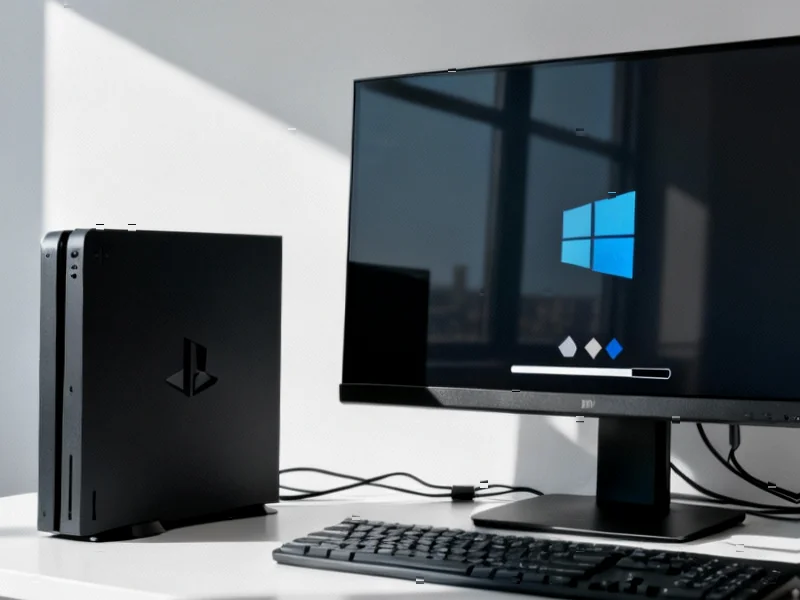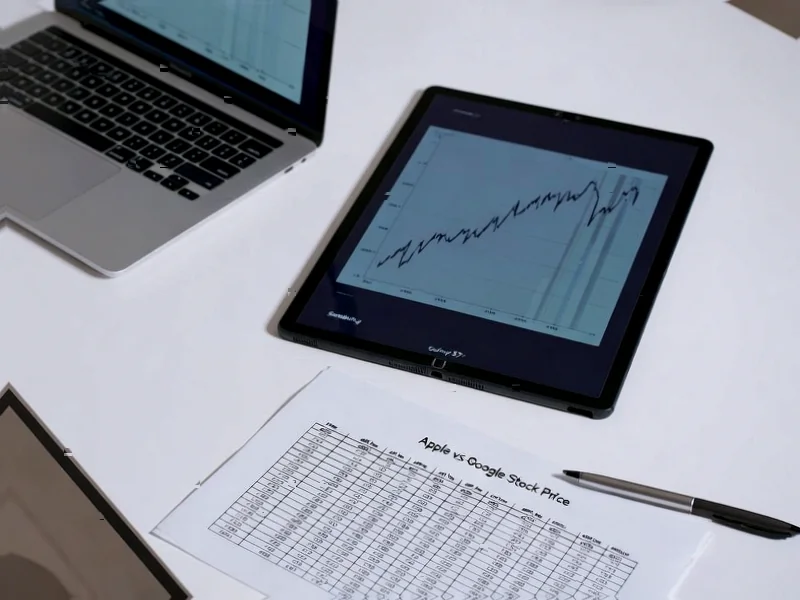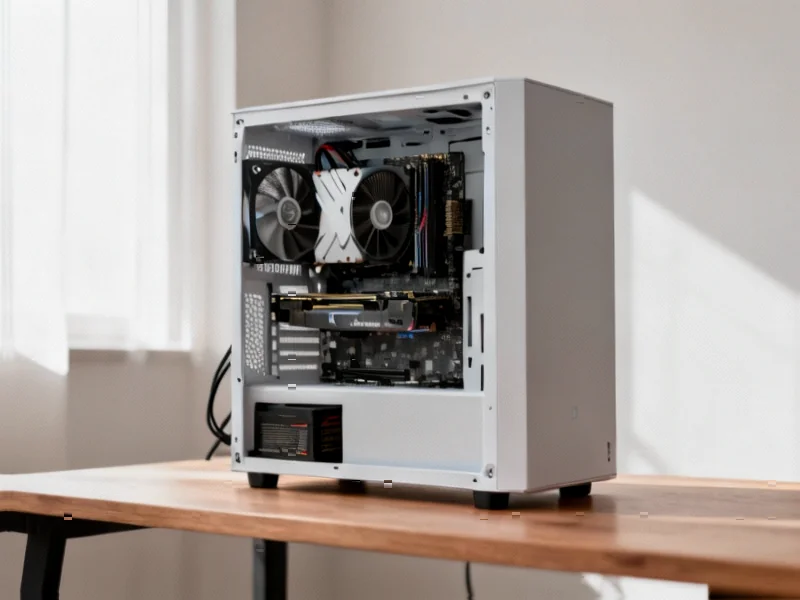According to IGN, Microsoft CEO Satya Nadella has dropped significant hints that the next-generation Xbox will function as a console/PC hybrid, potentially capable of playing PlayStation games released on PC via Steam. The report indicates this would enable access to major Sony titles like God of War, Spider-Man, and Ghost of Tsushima on Xbox hardware for the first time. Nadella specifically stated “the biggest gaming business is the Windows business” and questioned why people “think about the console-PC as two different things,” suggesting Microsoft wants to build “a better PC which could then perform for gaming.” Xbox president Sarah Bond previously described the upcoming console as a “very premium, very high-end curated experience,” with Microsoft confirming plans to release the next-gen Xbox in partnership with AMD, reportedly targeting 2027 alongside Sony’s PS6. This strategic direction represents a fundamental shift in Microsoft’s gaming philosophy.
Table of Contents
The End of Platform Walls
What Nadella describes isn’t just hardware evolution—it’s the culmination of a decade-long strategy to dismantle platform exclusivity. Microsoft’s journey from staunch platform defender to agnostic publisher reflects broader industry trends where walled gardens are becoming less sustainable. The company’s Xbox division has progressively moved toward services-first thinking, with Game Pass representing the initial step toward platform-agnostic gaming. Now, by potentially embracing competing storefronts like Steam on their own hardware, Microsoft is acknowledging that consumer choice trumps platform loyalty in today’s gaming landscape.
Technical Implementation Challenges
The practical implementation of a true console/PC hybrid presents significant engineering challenges that the source material doesn’t address. Maintaining the curated console experience while allowing full PC access requires sophisticated software partitioning that could compromise performance in either mode. Microsoft must balance open access with the optimization that makes console gaming appealing—consistent performance, simplified user experience, and guaranteed compatibility. The company’s work with AMD suggests custom silicon that can toggle between console-optimized and general PC modes, but achieving this without sacrificing the “unparalleled performance” Nadella promises will be technically demanding.
Business Model Disruption
This strategy fundamentally redefines Microsoft’s revenue model from hardware sales to ecosystem participation. If users can access Steam, Battle.net, and other storefronts directly, Microsoft’s traditional 30% platform cut disappears for those purchases. Instead, the company appears to be betting on Game Pass subscriptions, first-party game sales across all platforms, and potentially new revenue-sharing arrangements with third-party storefronts. This aligns with Nadella’s emphasis on margins and the reported push for 30% profitability—by becoming the hardware that accesses everything, Microsoft positions itself as the universal gaming device rather than fighting for exclusive content.
Competitive Landscape Shift
Sony’s potential response to this strategy will define the next console generation. While Microsoft embraces openness, Sony has doubled down on exclusive content and traditional console economics. The PS6 launching in the same timeframe as this hybrid Xbox creates a fascinating dichotomy: curated excellence versus universal access. However, Sony’s own increasing PC releases suggest they recognize the trend toward platform agnosticism. The real competition Nadella identifies—short-form video and other entertainment forms—means both companies are fighting for attention beyond traditional gaming circles, making accessibility more valuable than exclusivity.
Consumer Impact and Adoption
For gamers, this convergence could deliver the best of both worlds: console convenience with PC flexibility. However, the premium pricing Bond suggests—likely exceeding traditional console price points—may limit adoption. The success of handheld PC gaming devices like Steam Deck demonstrates market appetite for hybrid experiences, but mainstream console buyers have different expectations around price and simplicity. Microsoft must convince consumers that paying more for flexibility represents better value than dedicated consoles or building a gaming PC separately.
The Windows Gaming Revival
Nadella’s emphasis on Windows as Microsoft’s “biggest gaming business” signals a renewed focus on the platform that birthed PC gaming. For years, Microsoft treated Windows gaming as secondary to Xbox, but this hybrid approach suggests recognition that Steam’s success on Windows represents an opportunity rather than competition. By making Xbox hardware the ultimate Windows gaming device, Microsoft can leverage Valve’s ecosystem while strengthening their own platform. This represents a strategic reversal that acknowledges the reality of where PC gamers actually play—largely through Steam rather than Microsoft’s own storefront.
Long-Term Industry Implications
If successful, Microsoft’s hybrid approach could accelerate the industry’s move toward hardware-agnostic gaming experiences. We may see a future where dedicated gaming hardware exists primarily as performance-optimized access points to cloud and downloadable content, with exclusivity becoming increasingly rare. This aligns with broader technology trends toward service-based models and could eventually make the concept of “console generations” obsolete. For developers, it means designing for multiple performance profiles rather than specific hardware, potentially simplifying development while complicating optimization.



